I wrote a few years ago about shooting close up with a macro lens. I used the same lens to capture some detail on the saucer magnolias and their bloom petals.We planted a saucer magnolia ourselves this year. One of the blooms appears in this gallery. Sadly, the tree did not survive the summer.
Getting in close
 Have you ever taken a picture of yourself and found that your facial features wound up distorted? Have you tried to zoom in close to something a couple feet away and found your camera wouldn't focus?Some lenses are made to take shots up close. They're referred to as macro lenses, and macro photography is a discipline unto itself.Macro lenses are not a particular focal length; I used to have a 70-300mm macro lens, and now I have a 90mm. Canon makes a well-regarded 100mm macro lens. The key is that the lens is made to take pictures close up. The most important designation you'll see is the ratio. The 70-300mm macro I used to own was a 1:3; my current lens is a 1:1. The 1:1 allows me to get extremely close to my subject, and the resulting photo reflects what I saw through the viewfinder (thus the 1:1). A 1:3 does not allow the same closeness.I should note that macro lenses are not only useful when taking close-up shots. They work fine as "normal" lenses, too.Macro photography can be rewarding in that it allows you to capture things from a different perspective. I had the opportunity today to stroll around town with my daughter and take shots of some early spring flowers. I wound up with dirty knees and some funny looks from people who saw me kneeling in front of flower beds, but it was worth it.
Have you ever taken a picture of yourself and found that your facial features wound up distorted? Have you tried to zoom in close to something a couple feet away and found your camera wouldn't focus?Some lenses are made to take shots up close. They're referred to as macro lenses, and macro photography is a discipline unto itself.Macro lenses are not a particular focal length; I used to have a 70-300mm macro lens, and now I have a 90mm. Canon makes a well-regarded 100mm macro lens. The key is that the lens is made to take pictures close up. The most important designation you'll see is the ratio. The 70-300mm macro I used to own was a 1:3; my current lens is a 1:1. The 1:1 allows me to get extremely close to my subject, and the resulting photo reflects what I saw through the viewfinder (thus the 1:1). A 1:3 does not allow the same closeness.I should note that macro lenses are not only useful when taking close-up shots. They work fine as "normal" lenses, too.Macro photography can be rewarding in that it allows you to capture things from a different perspective. I had the opportunity today to stroll around town with my daughter and take shots of some early spring flowers. I wound up with dirty knees and some funny looks from people who saw me kneeling in front of flower beds, but it was worth it.



 We planted a saucer magnolia ourselves this year. One of the blooms appears in this gallery. Sadly, the tree did not survive the summer.
We planted a saucer magnolia ourselves this year. One of the blooms appears in this gallery. Sadly, the tree did not survive the summer.